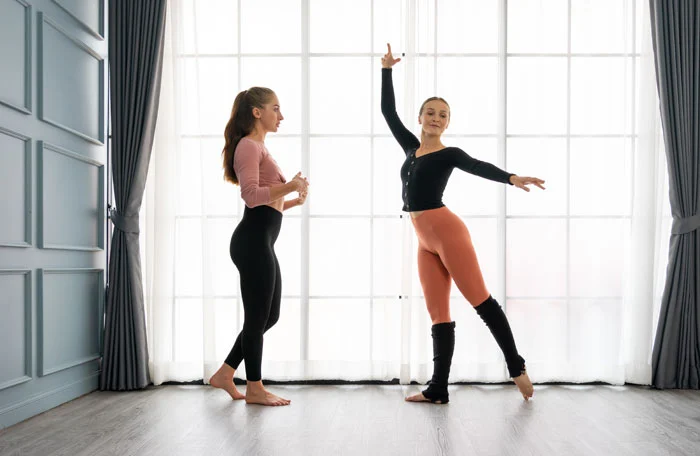
- can-a-high-schooler-choreograph-a-dance - Can a High Schooler Choreograph a Dance?
- skills-and-mindset-needed-to-choreograph - Skills and Mindset Needed to Choreograph
- real-examples-of-student-choreographers-in-action - Real Examples of Student Choreographers in Action
- how-to-start-choreographing-in-high-school - How to Start Choreographing in High School
- common-challenges-and-how-to-overcome-them - Common Challenges and How to Overcome Them
- ways-to-showcase-your-work-as-a-teen-choreographer - Ways to Showcase Your Work as a Teen Choreographer
- support-and-guidance-from-american-dance-academy - Support and Guidance from American Dance Academy
1. Can a High Schooler Choreograph a Dance?
Absolutely—yes, a high schooler can choreograph a dance. The real question isn't whether they can, but how far they can go with it. High schoolers around the country are already creating original pieces for school performances, talent shows, social media, and competitive dance teams. Age is not a barrier to creativity—initiative, vision, and passion are what matter most.
Whether it’s hip-hop, jazz, lyrical, or contemporary, young choreographers are increasingly stepping into leadership roles in their dance communities. With the right tools and mindset, students can absolutely craft movement that speaks just as powerfully as any seasoned choreographer.
2. Skills and Mindset Needed to Choreograph
To choreograph as a high schooler, you don’t need decades of experience—you need awareness, curiosity, and confidence in your voice. Key skills include musicality, understanding movement flow, and the ability to communicate your ideas clearly to other dancers.
A creative mindset is essential. Choreography isn’t just about dance steps—it’s storytelling. Ask yourself: what emotion do you want to express? What message should your movement send? Even simple phrases of movement can evoke powerful feelings when arranged intentionally.
3. Real Examples of Student Choreographers in Action
Take Maya Jackson, a 17-year-old from North Carolina who choreographed her school’s Black History Month program. She mixed spoken word, jazz dance, and traditional African rhythms into a piece that moved her classmates to tears. Or consider Jonah Kim, a high school junior from California whose K-pop-inspired piece went viral on TikTok, leading to a regional competition invitation.
These stories aren’t rare—they’re part of a growing trend of student-led artistic expression. With platforms like YouTube and Instagram, young choreographers can now share their work far beyond the walls of the school gym.
4. How to Start Choreographing in High School
Starting doesn’t require fancy studios or a professional resume. Begin with:
- Choosing a song that emotionally resonates with you
- Freestyling alone or with friends to explore natural movement
- Recording your sessions so you can refine ideas
- Writing down or sketching sequences of movement
From there, you can experiment with transitions, build formations, and test the pacing. Don’t be afraid to revise—it’s part of the process.
5. Common Challenges and How to Overcome Them
Many student choreographers doubt their own authority—"Who am I to tell others how to dance?" But leadership in choreography is about collaboration, not control. Trust your creative instinct and build mutual respect with your dancers.
Another challenge is managing group dynamics. Set clear rehearsal goals and use constructive feedback to keep rehearsals focused. And yes, not every idea will work the first time. That’s okay—mistakes often lead to better creative choices.
6. Ways to Showcase Your Work as a Teen Choreographer
Once you’ve created something you’re proud of, there are many ways to share it:
- School talent shows or assemblies
- Dance studio showcases or recitals
- Online platforms like TikTok, Instagram Reels, or YouTube
- Local youth dance festivals or community events
Documenting your choreographic work also builds your portfolio—useful if you’re applying to college dance programs or summer intensives.
7. Support and Guidance from American Dance Academy
If you're ready to grow your choreographic voice, American Dance Academy offers a wide range of classes and mentorships specifically for student dancers and aspiring choreographers. From composition workshops to performance showcases, ADA helps young creatives turn their ideas into polished pieces that shine.
Whether you're choreographing your first duet or dreaming up an ensemble piece for a competition, you’re not too young to lead. You’re right on time to begin.
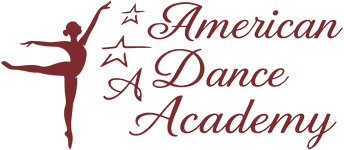
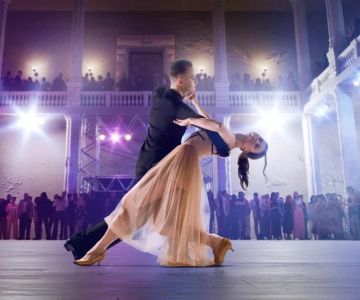
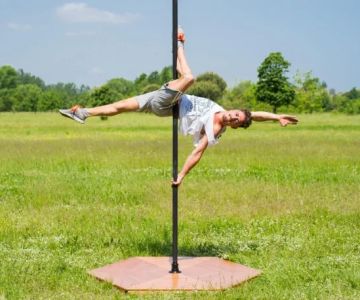
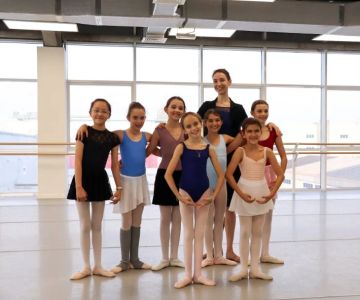
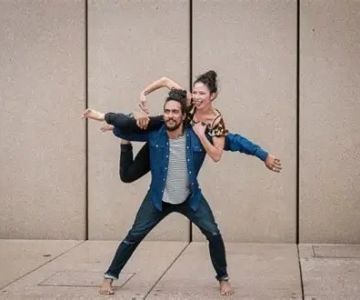

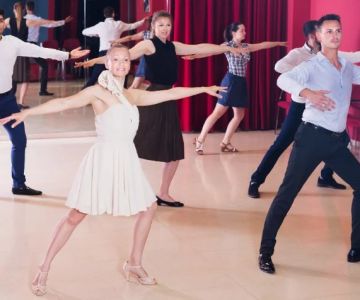
 Barrington Dance Academy5.0 (22 reviews)
Barrington Dance Academy5.0 (22 reviews)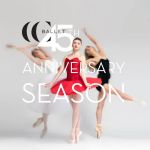 Canyon Concert Ballet4.0 (17 reviews)
Canyon Concert Ballet4.0 (17 reviews)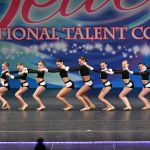 Big City Dance Center LLC4.0 (25 reviews)
Big City Dance Center LLC4.0 (25 reviews) Tye Chua Dance & Kalamazoo Ballet5.0 (18 reviews)
Tye Chua Dance & Kalamazoo Ballet5.0 (18 reviews) Fenton Ballet Theatre4.0 (24 reviews)
Fenton Ballet Theatre4.0 (24 reviews) Front Street Dance Center5.0 (7 reviews)
Front Street Dance Center5.0 (7 reviews)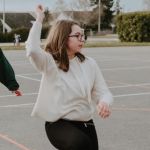 Are There Dances in Middle School? What Students and Parents Should Know
Are There Dances in Middle School? What Students and Parents Should Know How a Dance School in Instagram Builds Community and Success
How a Dance School in Instagram Builds Community and Success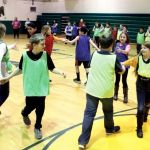 Why Do Schools Teach Square Dancing?
Why Do Schools Teach Square Dancing?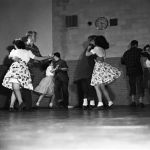 Why Was Square Dancing Taught in School?
Why Was Square Dancing Taught in School? Why Swing Dance Is Popular for Adults
Why Swing Dance Is Popular for Adults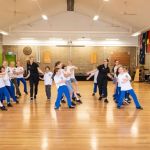 A School Dance: How to Prepare, Shine, and Make It Unforgettable
A School Dance: How to Prepare, Shine, and Make It Unforgettable